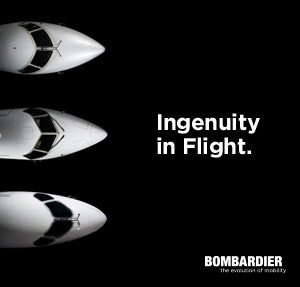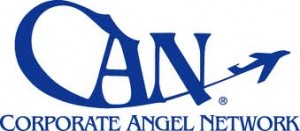Thales sets a world-first through partnership in providing the Microwave Landing System for civil aircraft
Written by thomas · Filed Under Aeronautics NewsApril 29, 2009
Neuilly-sur-Seine, 29 April 2009 – Thales today announced that its Microwave Landing
System (MLS) – aimed at increasing aircraft efficiency on airport approach – has received
UK approval for ground installations to Cat IIIb (low visibility conditions) operations at
Heathrow airport. Thales had already received European certification for its onboard aircraft
installations to Cat IIIb (low visibility conditions) operations in November 2007.
British Airways is the first airline worldwide to implement this new system and has been
proving the system on its Heathrow Airbus Single Aisle fleet throughout 2008. The new
system was fully operational from 25 March 2009 and is the result of intelligent partnerships
and significant international joint development between Thales and major industries including
Airbus, British Airways and the UK and French national airport and air transport authorities.
100 automatic landings, with Thales’s Microwave Landing System (MLS) functioning on both
the ground and onboard the aircraft, were required to gain official UK approval and
certification for the system. British Airways has performed automatic landings on both
runways at Heathrow. This application of the MLS technology is a world-first and means that
more flights will be able to land safely in difficult weather conditions, where air traffic is dense
and where interference from buildings or objects including moving aircraft on taxiway around
the approach to the airport is extensive.
“We are delighted with the latest certification, which has enabled British Airways to become
the first airline to benefit from a system that will simultaneously increase capacity and safety,
whilst also providing key environment enhancements”, said Paul Kahn, Managing Director of
Thales’s Navigation & Airport Solutions business. “These synergies have enabled us to
develop a world-class solution in which we are confident other airlines and airports will see a
valuable opportunity.”
The use of MLS technology will have a positive impact on the environment – every minute
gained on a flight represents a saving of the equivalent of 160Kg in CO² emissions.
With its transverse capabilities and “systems of systems” approach, Thales has the capacity
to bring together both ground systems and onboard systems providing a global solution to
meet the requirements of all users.
Microwave Landing Systems
With an average of 10 or 19 days of low visibility per winter, bad weather is a significant
cause of arrival delay in Heathrow. Low visibility produces an average of 35-50% reduction in
the landing rate. MLS-equipped airports and consequentially the airlines using MLS will be
able to maintain their traffic flow during bad weather conditions. MLS reduces the need for air
traffic control to provide extra spacing between landing and departing aircraft in low visibility,
because the MLS signal is less sensitive to aircraft and obstacles at the airport. This also has
the benefit of reducing the overall delay for all airport users.
As the name suggests, MLS uses a microwave signal (5Ghz). This technology is less
susceptible to interference, for example from another aircraft moving on the airport surface or
surrounding buildings, than traditional solutions like ILS. The system has two separate parts
– a ground station and an onboard system – that function together. Onboard the aircraft a
multimode receiver computes the aircraft position with the ideal approach path using a CBand
(5Ghz) digital signal sent by the MLS ground transmitters.
» Próximo Post - Celebración del primer vuelo del P-3 brasileño de Patrulla Marítima modernizado por Airbus Military
« Post Aneterior - CFM Launches CFM56-7B Evolution Engine Program to Power Enhanced Boeing Next-Generation 737
Comments
¿Tiene algo que decir?
You must be logged in to post a comment.







